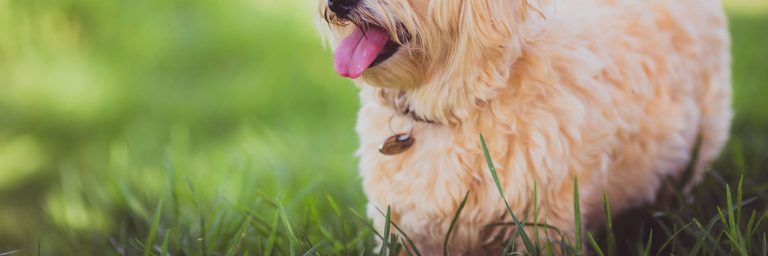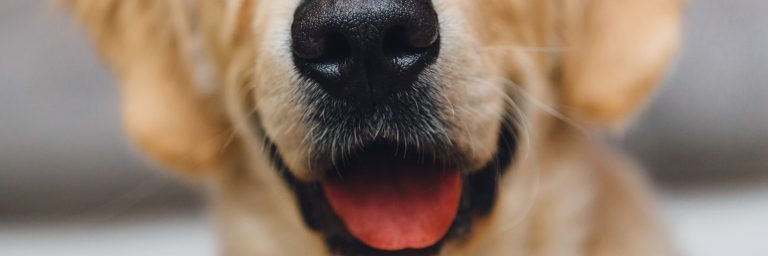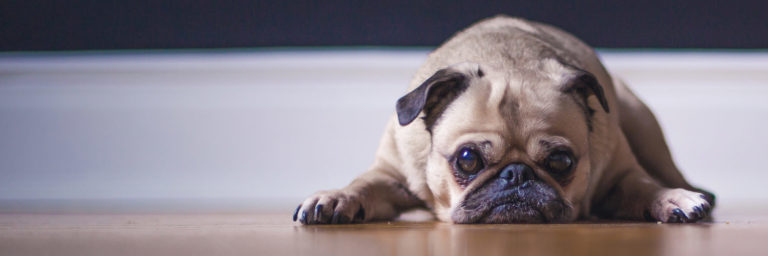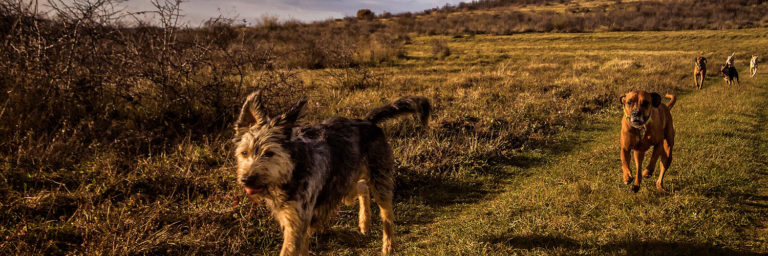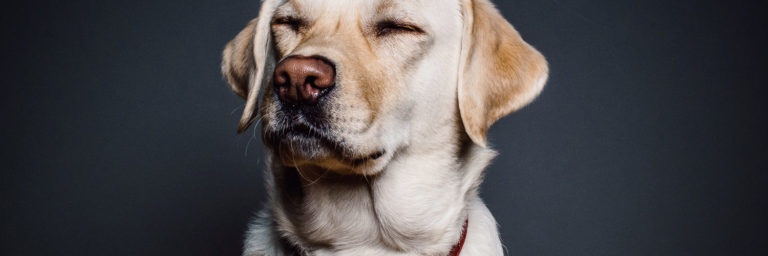Why Do Dogs Shed?
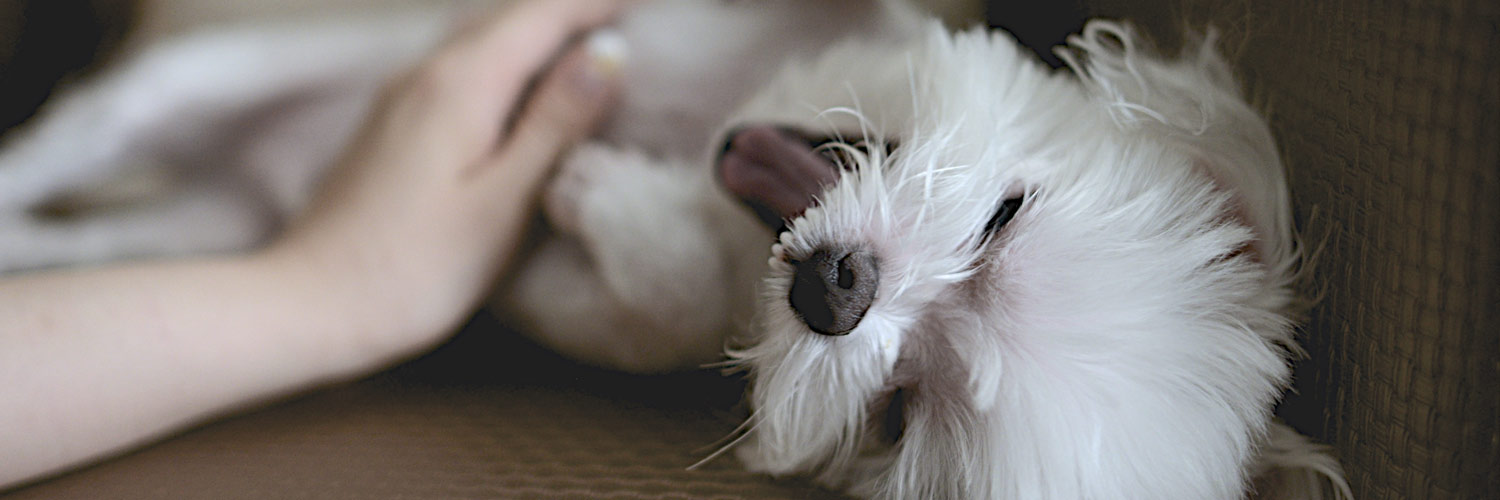
Shedding coat is the way your dog adapts to weather and temperature changes during the year. Wolves and other canids also shed their coat, but most dogs are a little different from wolves.
Wolves have long outer guard hairs on their coat that can be up to four inches long. These guard hairs are slick and protect the wolves from rain and snow. The elements tend to fall right off their back. But guard hairs don’t keep a wolf warm. The wolf grows a thick, warm layer of insulating undercoat so he can stay warm. This undercoat is close to the skin, under the guard hairs. It can make a wolf look much larger because it fluffs his coat up so much. When the wolf has this insulation it’s like he’s wearing his own down coat. It keeps him warm throughout the cold winter.
Wolves have one big shed per year that takes place in the spring. For the next few months they just have their guard hairs to cover their body and keep them cooler. As winter approaches they start growing their warm undercoat again.
Dogs are similar, but there are a few differences, depending on breed. For example, some primitive breeds, like the Tibetan Mastiff, also has a coat that just sheds once a year. But many modern breeds of dog will shed their winter coat in the spring, grow a light coat for the summer, shed that coat, and then grow in their heavy winter coat. So, they commonly shed twice per year and grow in two coats – though just one heavy coat.
Some dogs are double-coated, like wolves, and some dogs are single-coated, meaning they never grow an undercoat. They always live with their outer guard coat. Poodles, the Maltese, some terrier breeds, and others fall into this category. Some of these single-coated breeds tend to shed less because they don’t have an undercoat, but they still shed a little. These breeds are often a good choice for people who have allergies, as are hairless dogs like the Xoloitzcuintli or Xolo (pronounced show-low-eats-queen-tlee) or Mexican Hairless, and the Chinese Crested, which has a hairless variety.
At the other extreme, a breed like the German Shepherd sheds a little all the time. Labrador Retrievers are known to shed regularly. Brushing your dog often will help keep the hair from spreading throughout your house.
One thing to remember about dogs and shedding is that it isn’t based on the length of coat. A shorthaired dog can shed more – and more often — than a dog with long hair. It seems like a dog with long hair would do more shedding, but the factors that influence shedding involve the breed’s ancestry, the climate where the breed was developed, the climate where you currently live, coat texture, hormones, and other things. Lots of people get shorthaired dogs and then they’re shocked by how much the dog sheds.
Purebred dogs often follow a predictable shedding schedule. You can ask a breeder or someone who owns a dog like yours when they tend to shed – and how much. If you have a mixed breed it’s usually anyone’s guess how much and when they will shed. You should probably count on twice a year and keep your vacuum handy.

